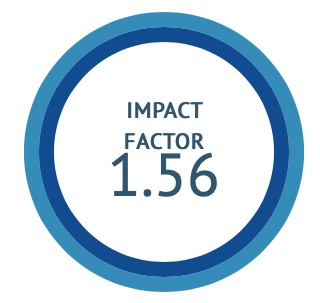Proficiency of Agnikarma followed by excision in the management of Chronic Scalp Wart (Charmakila) – A Case report
DOI:
https://doi.org/10.47552/ijam.v13i4.2043Keywords:
Agnikarma, Kshudrarog, Charmakila, Excision, Ghritakumari, LASERAbstract
Abstract
Background: Agnikarma is regarded as the best of the anushastras because of his quick activities and long-lasting cure. It is said to have the ability to cure ailments that cannot be cured by other therapeutic methods such as surgery, kshara, and pharmacological management. It is stated as more important than kshar because of non-recurrence of diseases burnt therewith. Ayurvedic classics advocated the use of Agnikarma in the management of various Kshudrarog, Charmakila is one among them. The pathophysiology of charmakeela is caused by vata and kapha vitiation over the skin, resulting in the formation of hard nailed structures known as charmakeela. In this present case study efficacy of Agnikarma followed by excision in managing a chronic recurrent scalp wart was evaluated.
Methodology: Agnikarma was done after proper excision of scalp wart followed by local application of Ghrutkumari pulp. Proper follow up was taken for about six months in order to see any recurrence.
Observation: It was observed that within a month the complete wound of excised scalp wart was healed without any sign of slough, discharge. The patient was previously treated for several times with different treatment modalities even with LASER therapy still was suffering from recurrent scalp wart but it was observed that after Agnikarma, wart didn’t recur even after 1 year of follow up.
Conclusion: It can be concluded that Agnikarma is not only a successful treatment in treating wart but also have noticeable results in treating chronic recurrent wart with no recurrence for a long term.
Keywords: Agnikarma; Kshudrarog; Charmakila; Excision; Ghritakumari; LASER
Downloads
Published
How to Cite
Issue
Section
License
Copyright (c) 2022 International Journal of Ayurvedic Medicine

This work is licensed under a Creative Commons Attribution 4.0 International License.
The author hereby transfers, assigns, or conveys all copyright ownership to the International Journal of Ayurvedic Medicine (IJAM). By this transfer, the article becomes the property of the IJAM and may not be published elsewhere without written permission from the IJAM.
This transfer of copyright also implies transfer of rights for printed, electronic, microfilm, and facsimile publication. No royalty or other monetary compensation will be received for transferring the copyright of the article to the IJAM.
The IJAM, in turn, grants each author the right to republish the article in any book for which he or she is the author or editor, without paying royalties to the IJAM, subject to the express conditions that (a) the author notify IJAM in advance in writing of this republication and (b) a credit line attributes the original publication to IJAM.




